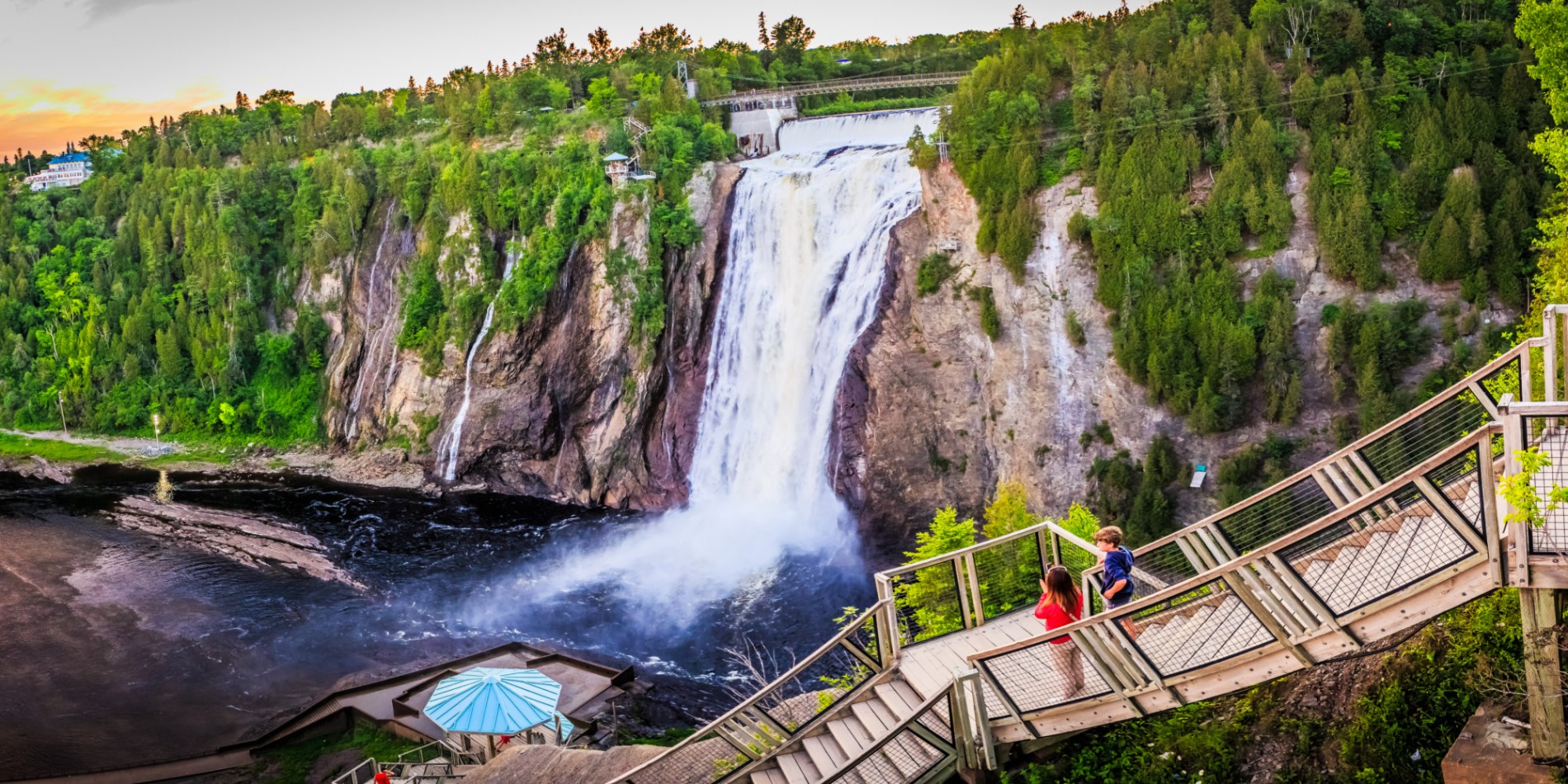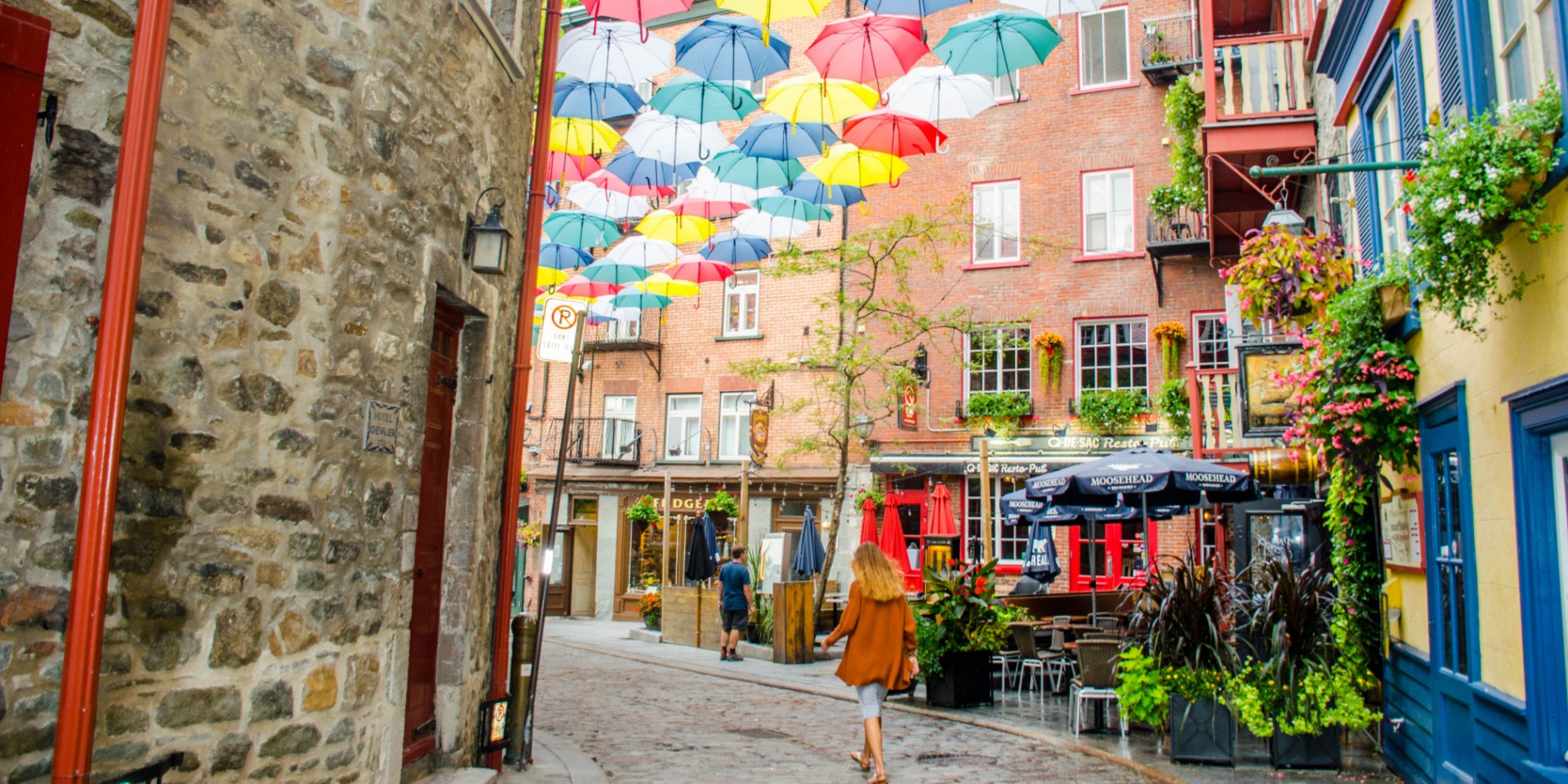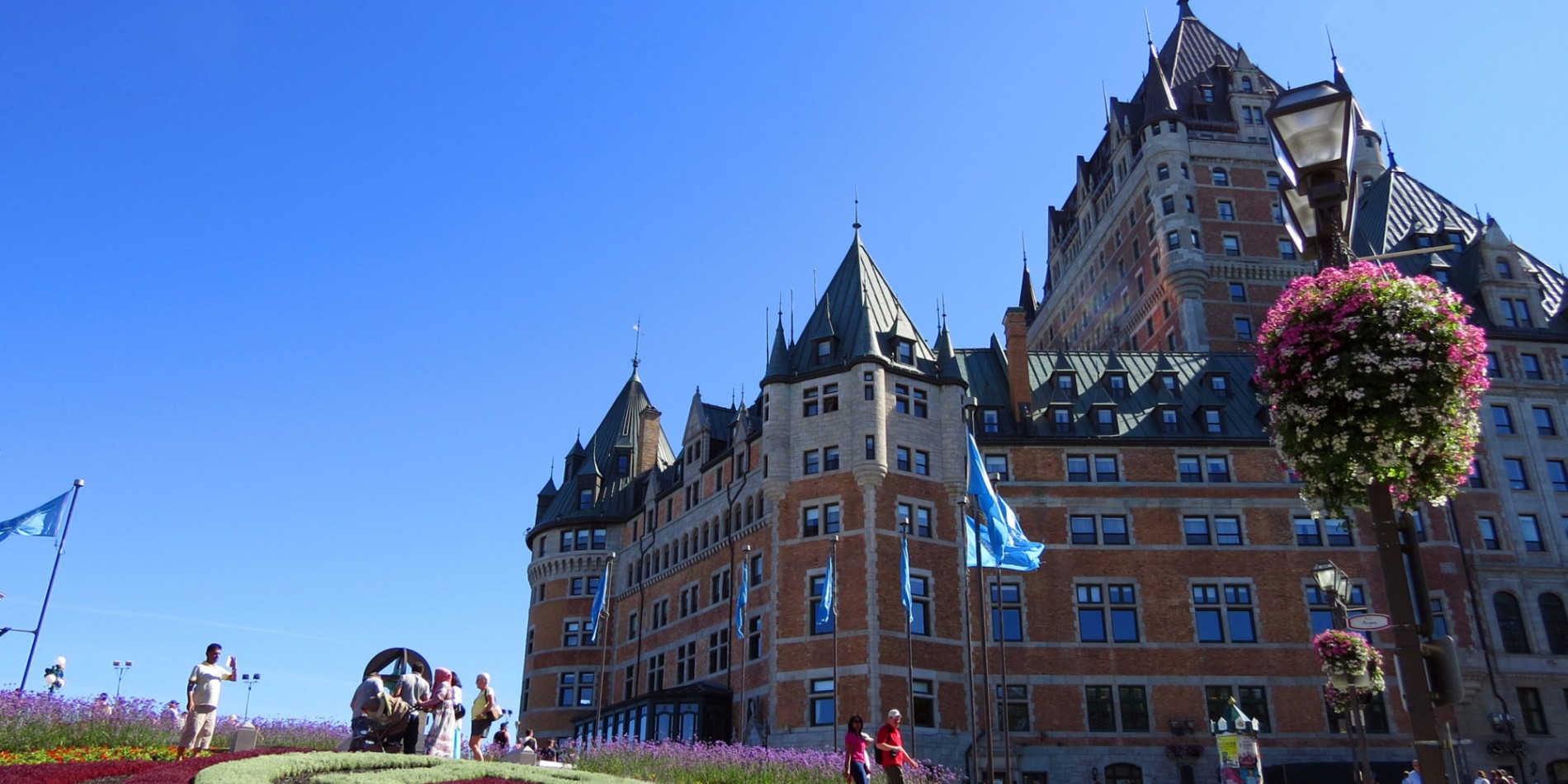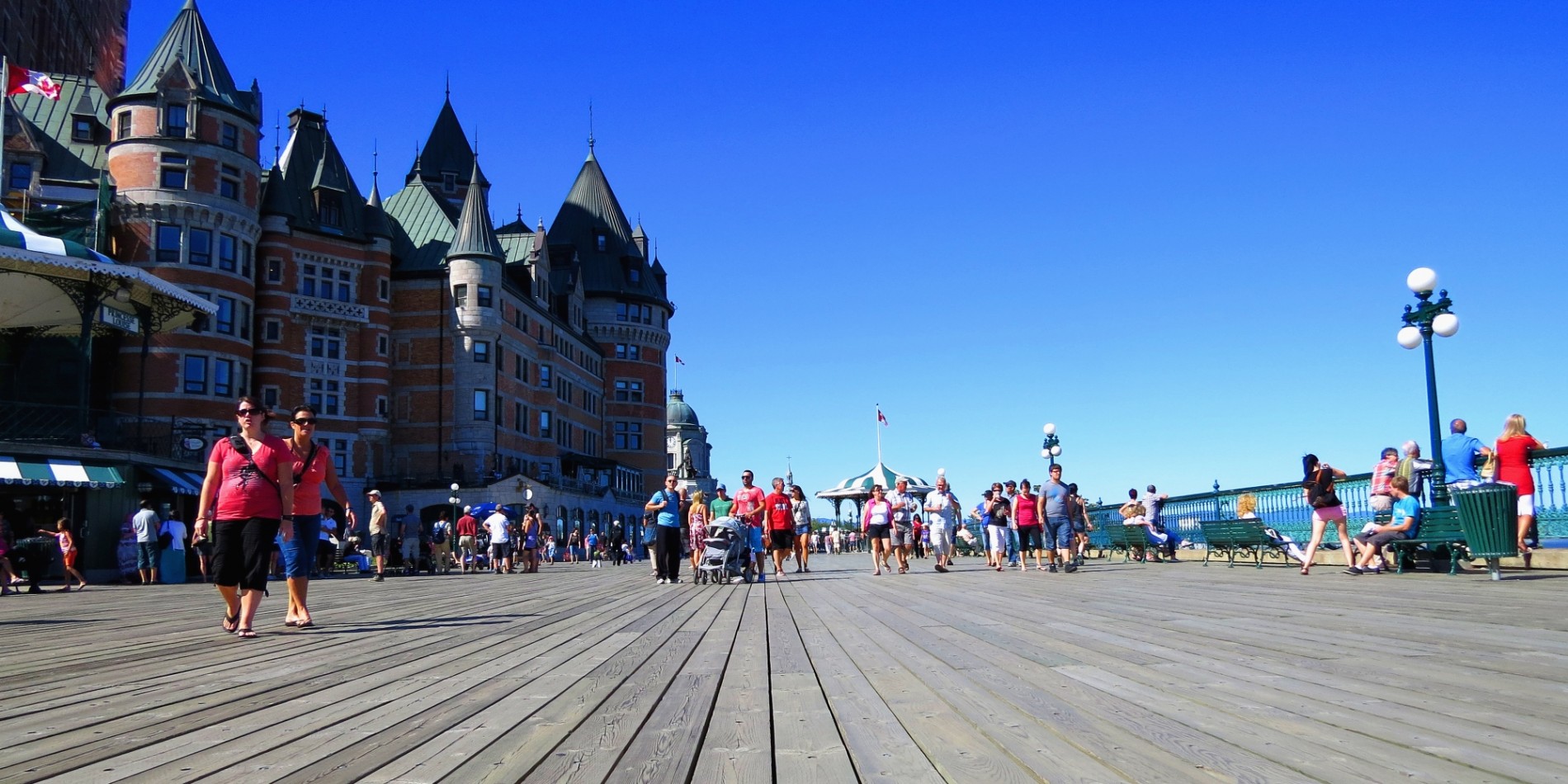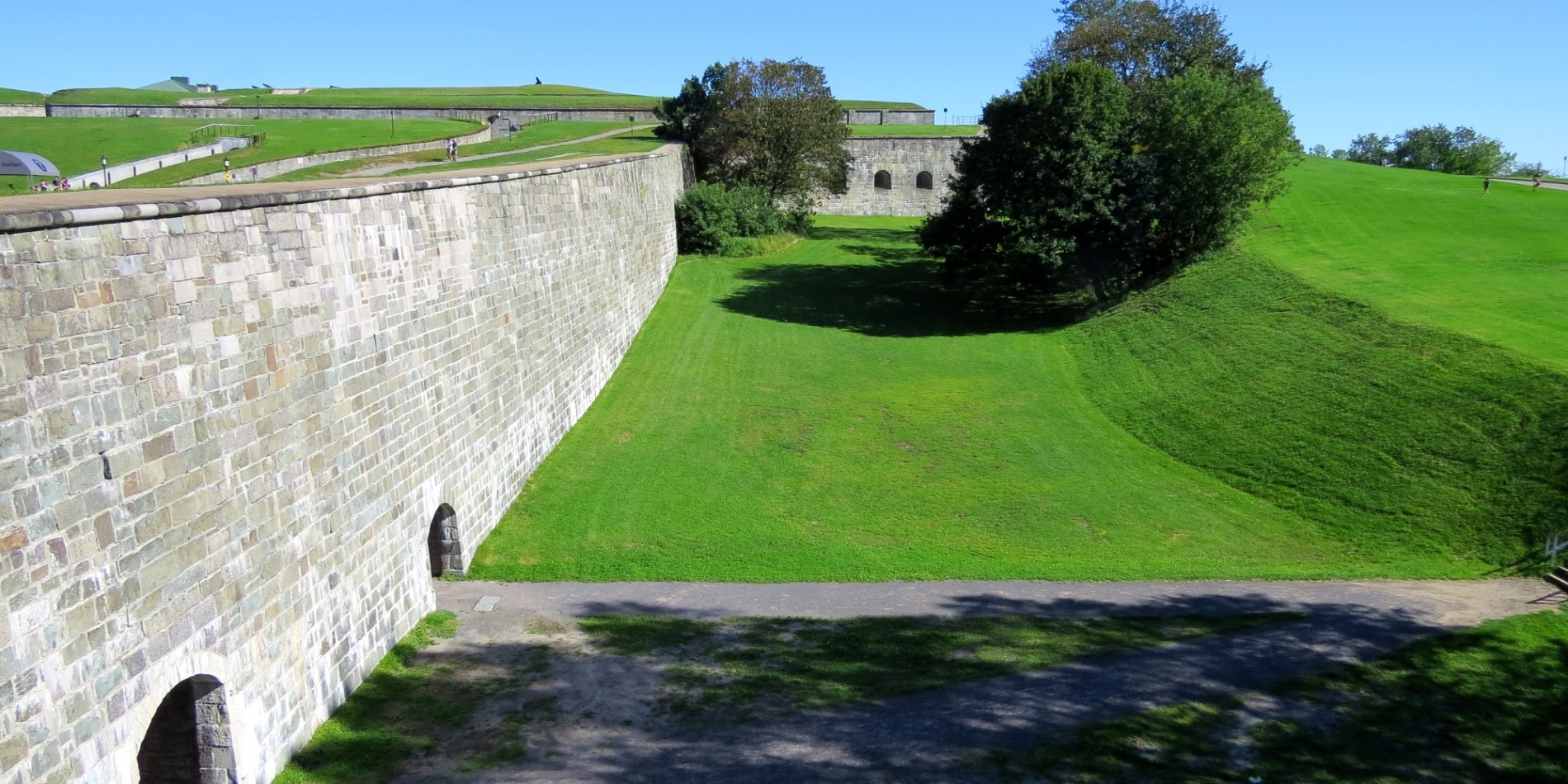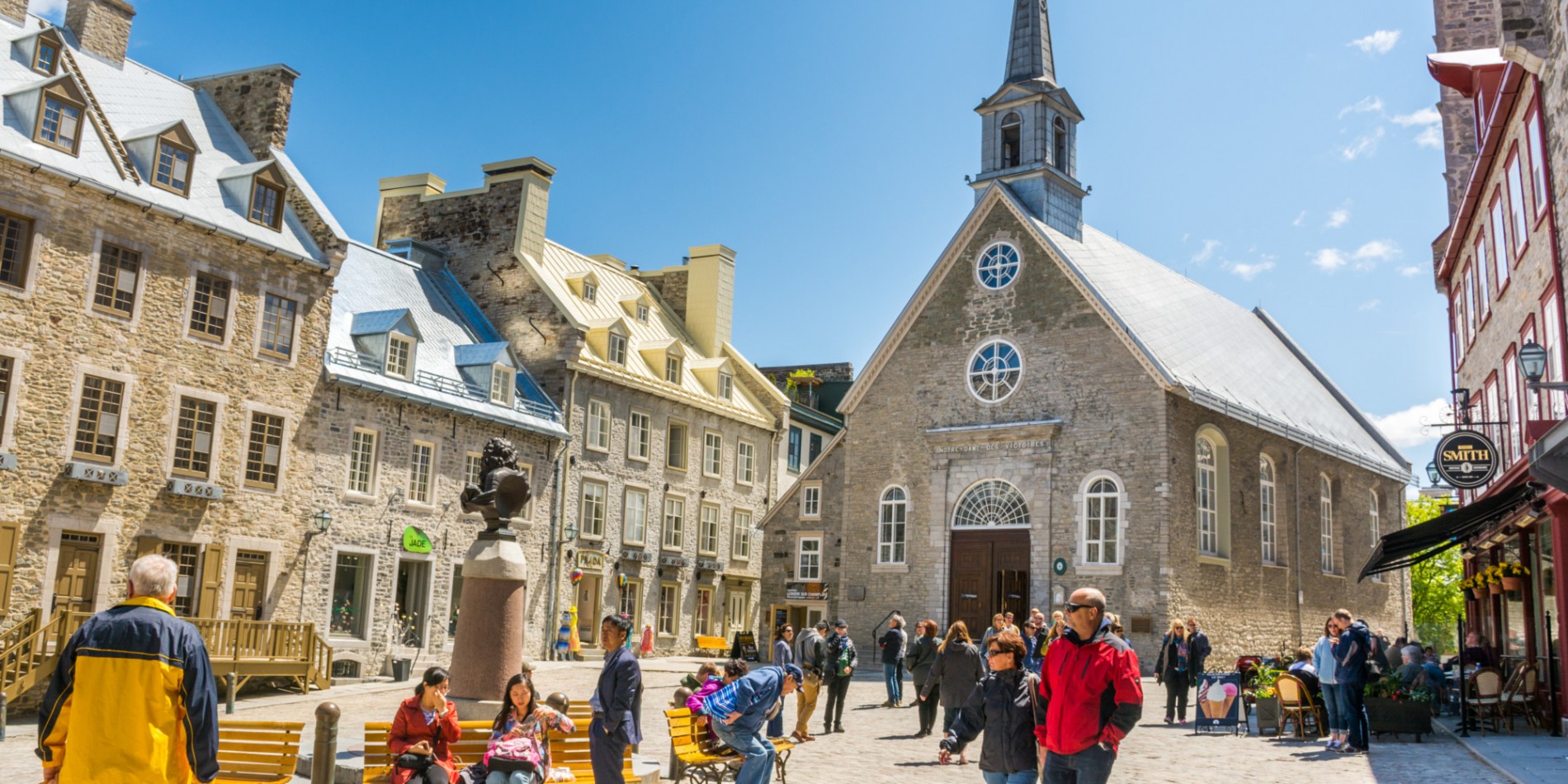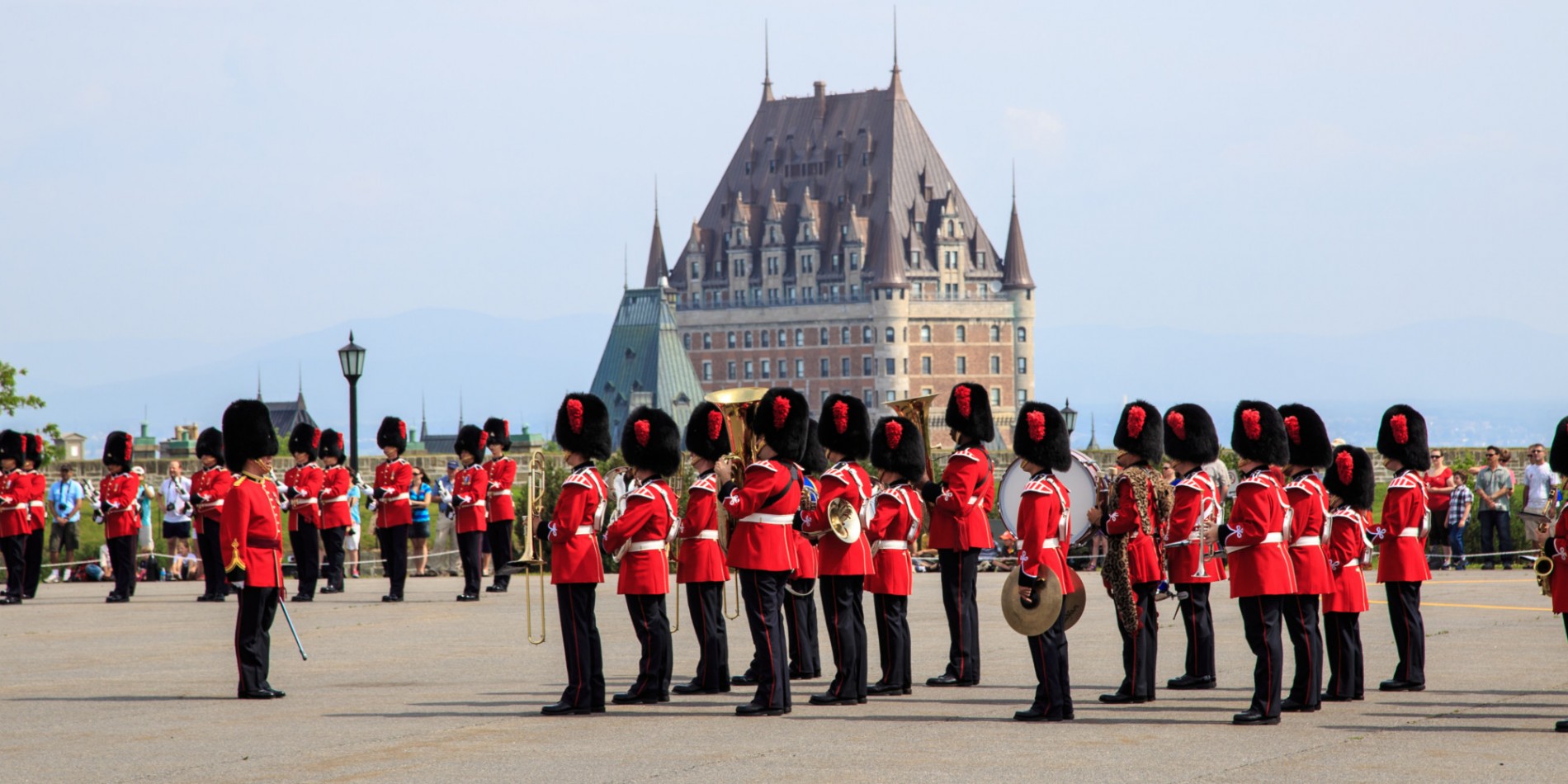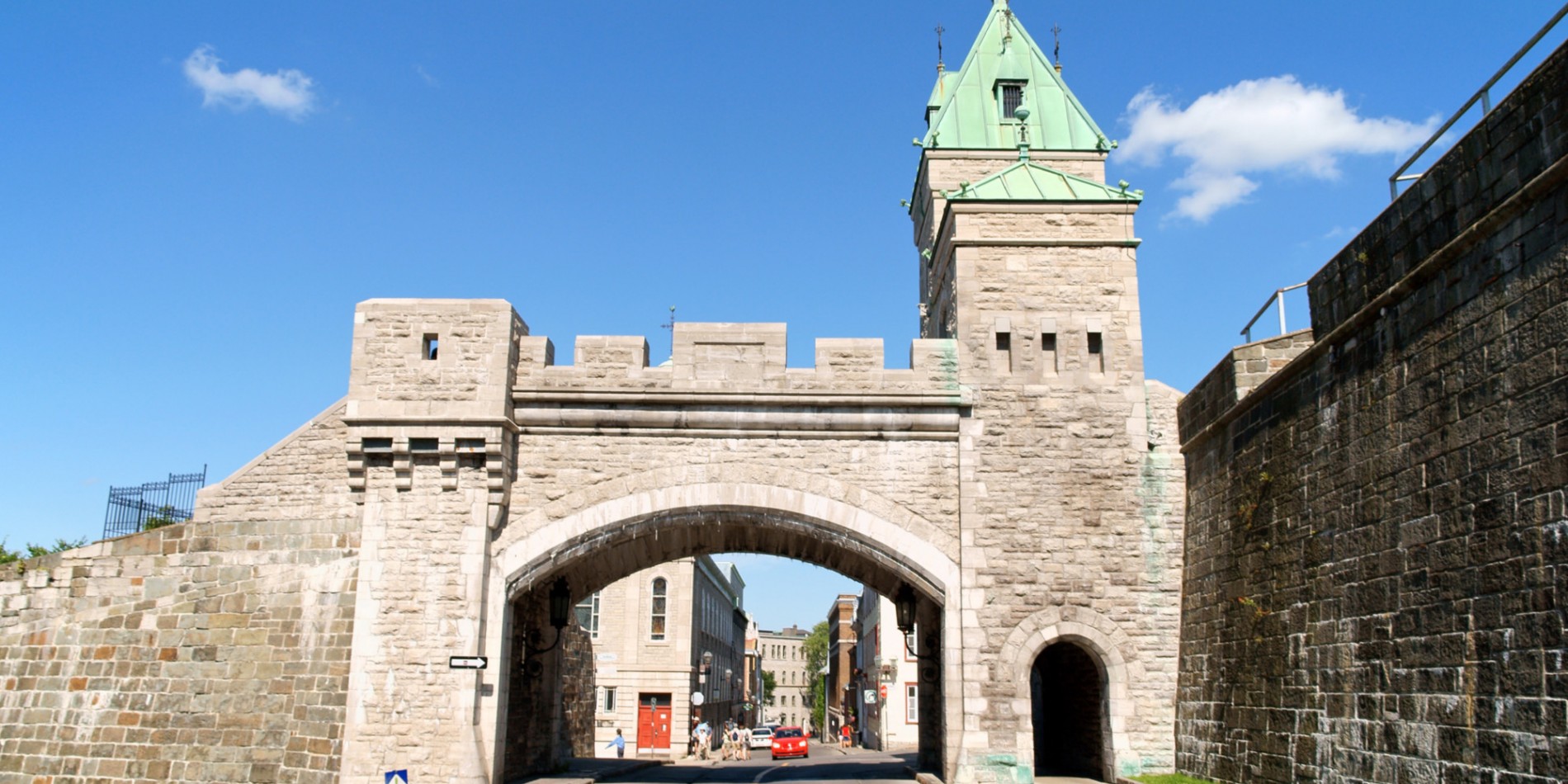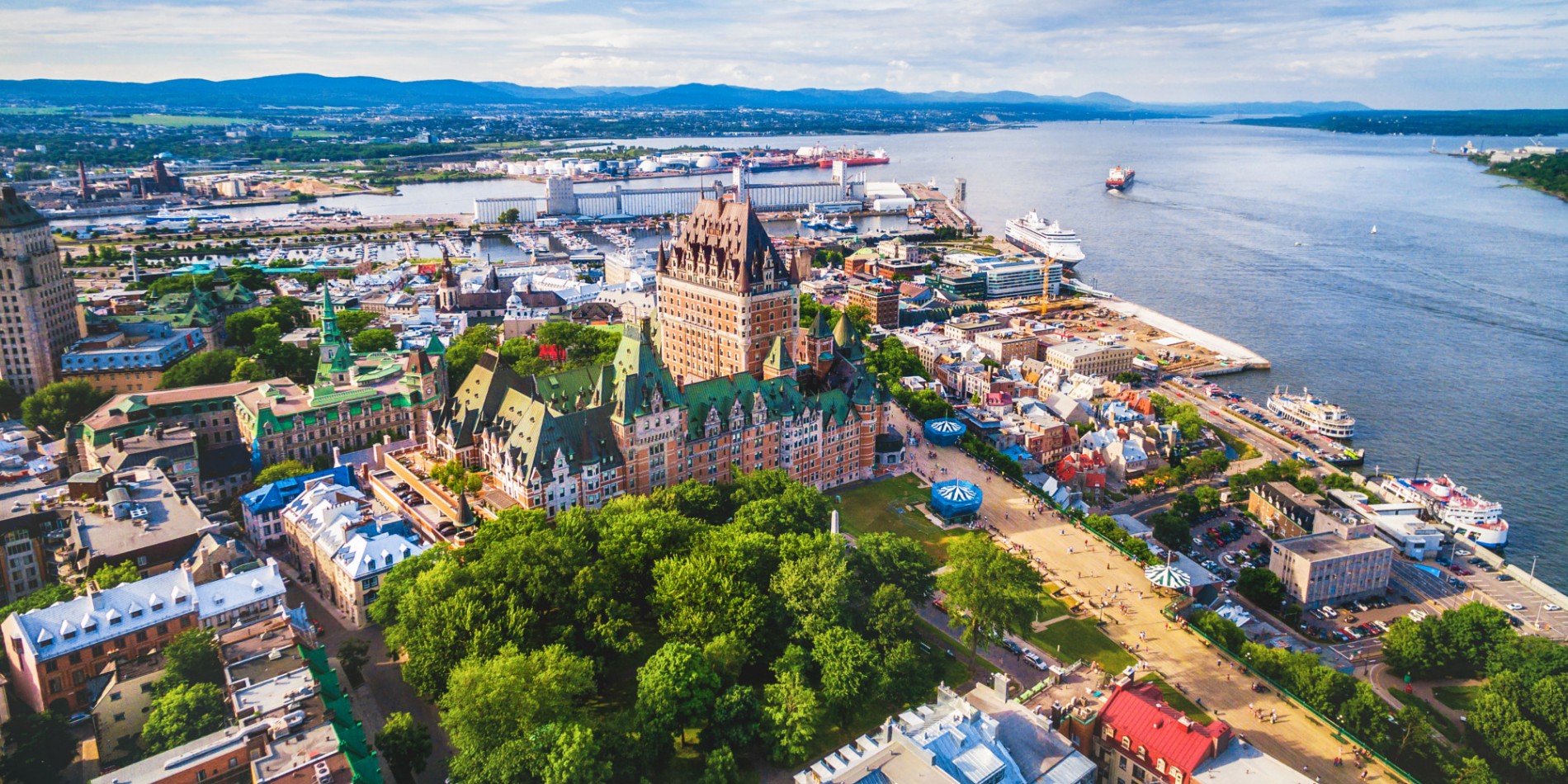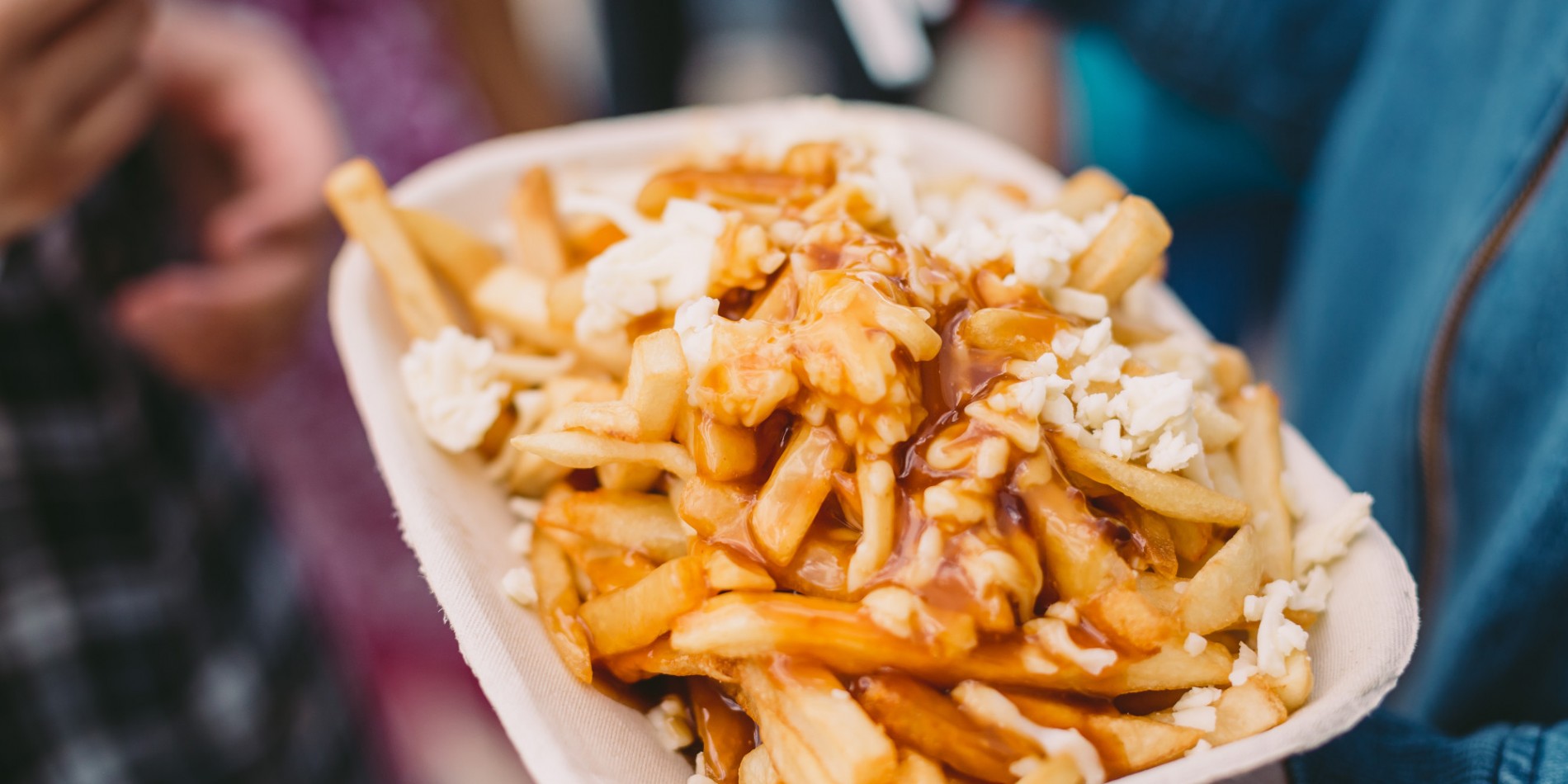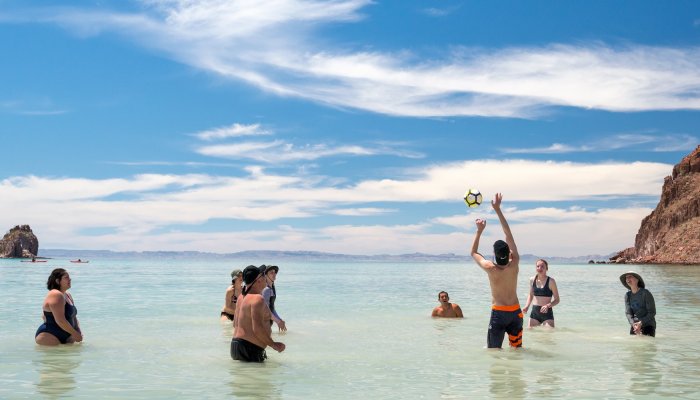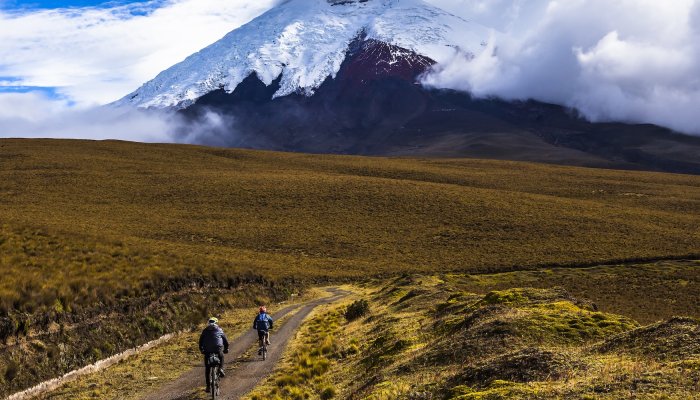Top Things to Do While Visiting Quebec, City
Founded as a fur trading colony in 1608, Quebec City is one of Canada’s most captivating destinations. It is famed for being the only walled city in North America and centers around a charming historic district that has been designated as a UNESCO World Heritage Site. From eclectic neighborhoods to world-class museums and centuries-old battlefields, Quebec City has so much to explore.
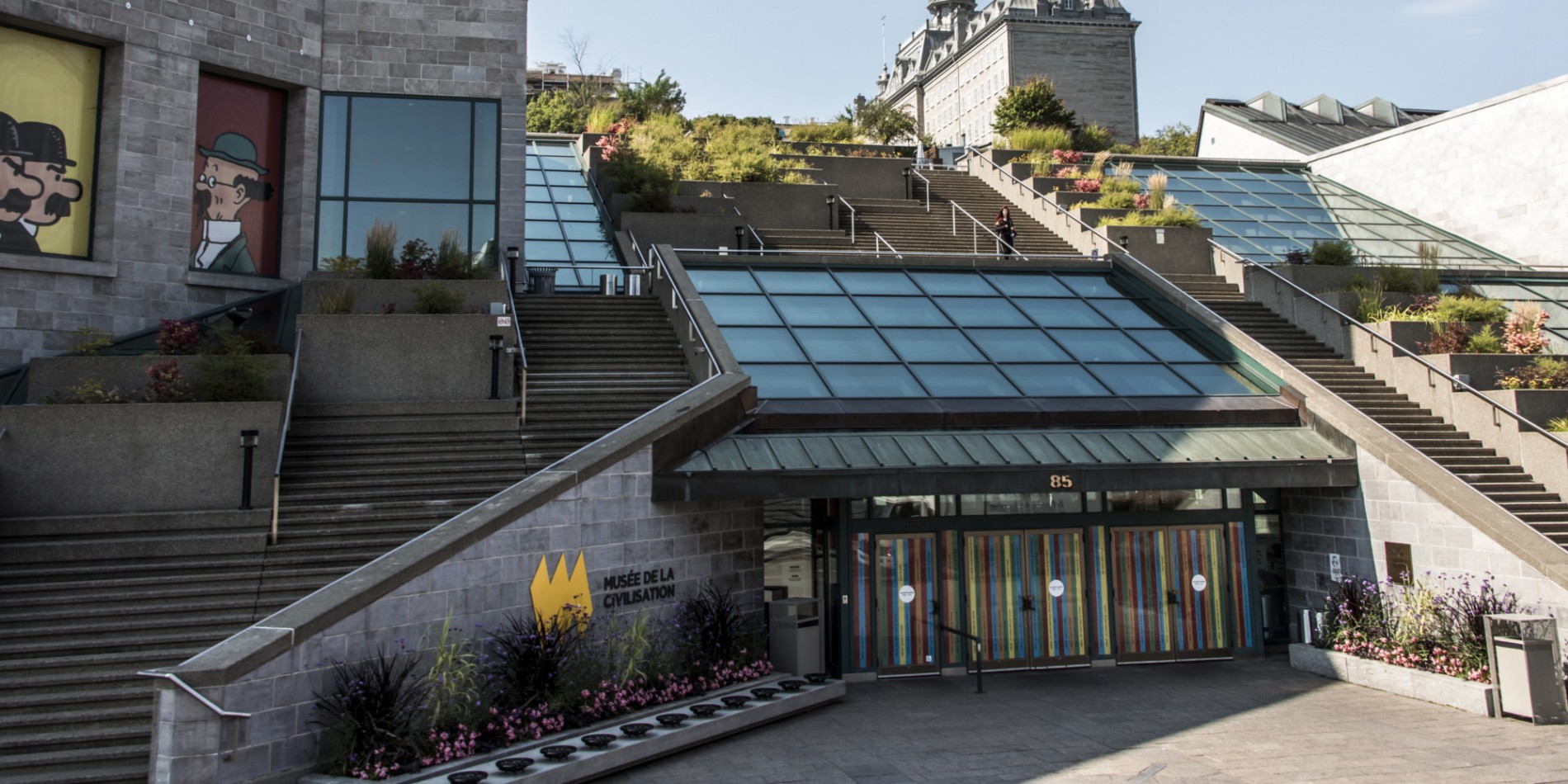
1. Musée de la Civilisation
Opening its doors to the public in 1988, this outstanding museum explores the French colonization of America, Canada’s First Nations people, and its territories. It’s based in an Old Port building designed by the renowned architect Moshe Safdie while also housing exhibits at Place Royale. The Musée de la Civilisation also oversees the Musée de l'Amérique Francophone, which occupies the Upper Town’s historic Séminaire de Québec.
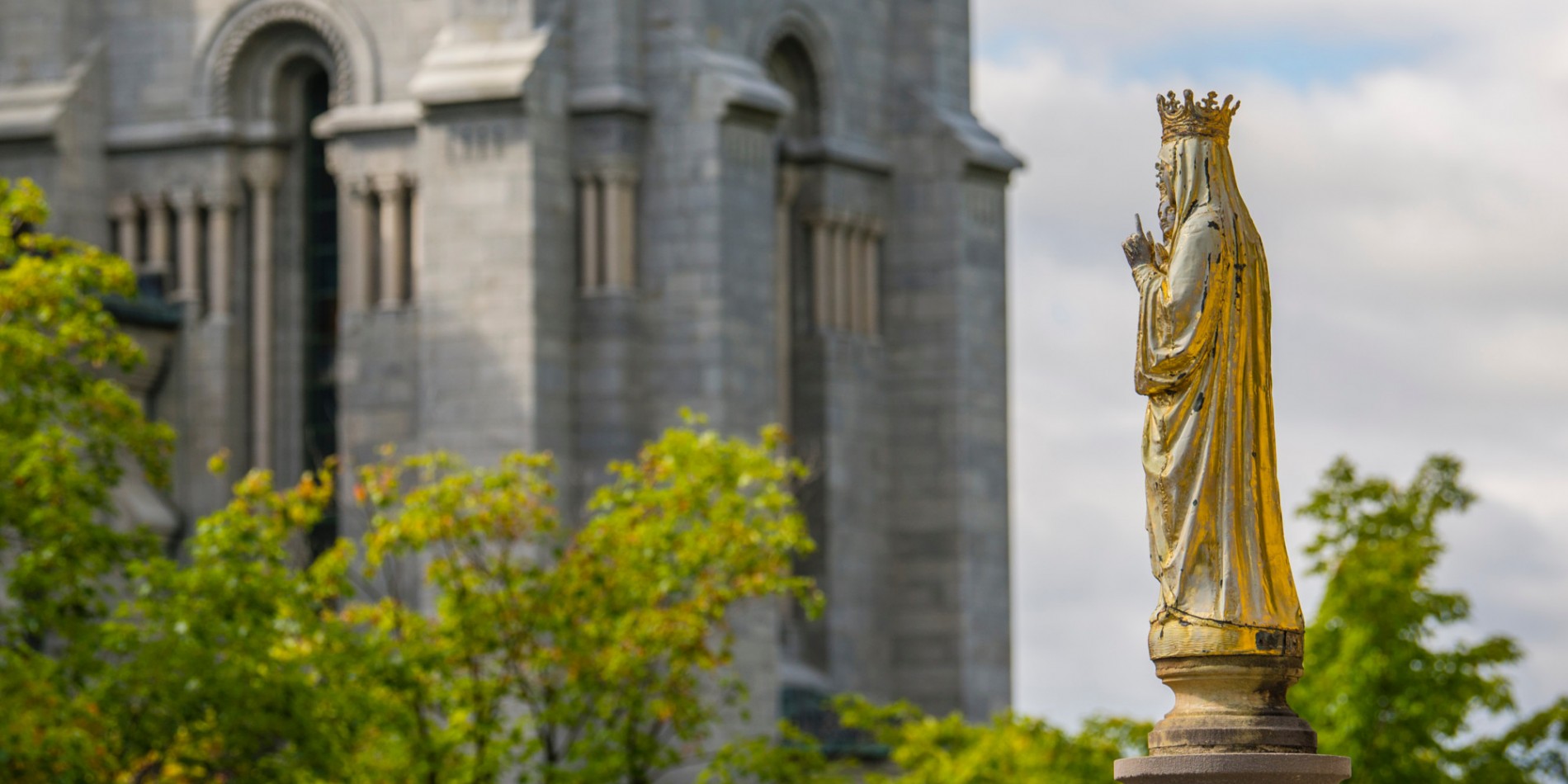
2. Sainte-Anne-de-Beaupré Shrine
This magnificent basilica is named after Quebec’s patron saint, who is credited with miraculously healing the sick and disabled. Completed in 1946, it beautifully blends Norman-Gothic and Romanesque Revival styles and is the site of a major pilgrimage to honor the feast of Sainte Anne. The interior is decorated with 14 Stations of the Cross sculpted by the Quebec-based artist Joseph-Émile Brunet, who also built the fountain in front of the shrine.
3. Musée National des Beaux-Arts du Québec
Located within Battlefield Park, this cultural institution dates back to 1933 when it was opened as the Musée de la Province de Québec. It occupies a former prison and three purpose-designed buildings where works from the 16th century to the present day are exhibited. The impressive collection numbers more than 40,000 works, with highlights including Jean-Paul Riopelle’s “Tribute to Rosa Luxemburg" and the Ilippunga Collection of Inuit art.
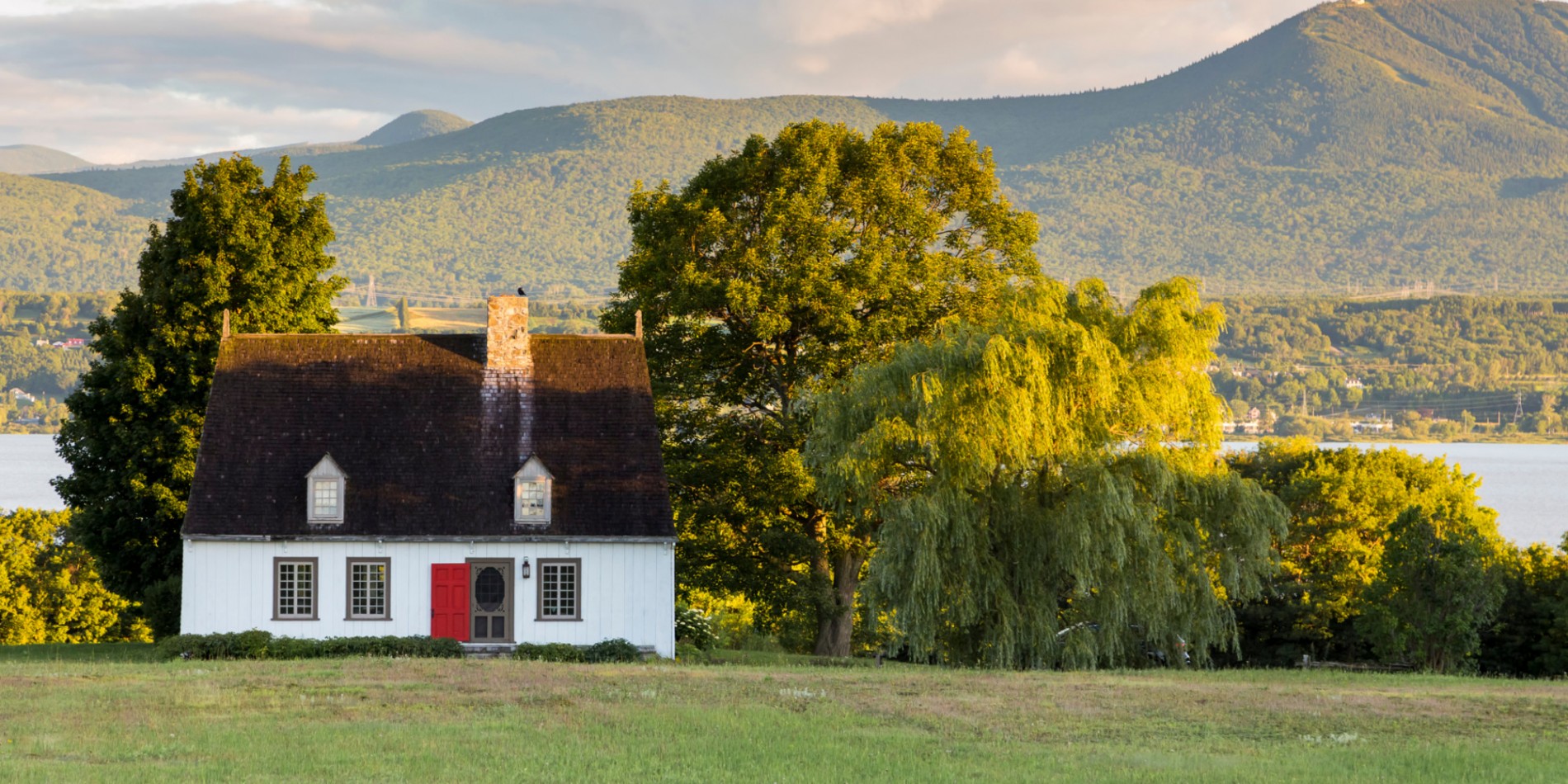
4. Île d’Orléans
Just east of Quebec City in the middle of the Saint Lawrence River is this picturesque island, which is renowned for its scenic countryside and 17th-century homes. It was one of the first parts of the province to be colonized by the French and has been described as a “microcosm of traditional Quebec”. Follow the road that circles the Île d’Orléans to explore its quaint villages, artists' workshops, and roadside stalls before soaking up the views of Quebec City from Sainte-Pétronille.
5. Montmorency Falls
Cascading at the mouth of the Montmorency River, this 272-foot (83-meter) high waterfall is one of Quebec City’s most impressive natural wonders. Climb the staircases that lead to the Montmorency Falls’ numerous lookouts, then cross the suspension bridge that spans the crest of the falls. If you’re after a bird’s eye view, there is a cableway that connects from the base of the falls to the top.
6. Old Québec
Designated as a UNESCO World Heritage Site in 1985, Old Québec is a captivating place to stroll, with narrow streets and historic buildings around every corner. Particularly charming is the Quartier Petit Champlain, which is clustered with artisan boutiques and restaurants serving authentic local cuisine. Soak up the views across the St. Lawrence River from Old Québec’s funicular and see the spot where Samuel de Champlain’s outpost once stood at the 17th-century Notre-Dame-des-Victoires.
7. Château Frontenac
Built by the Canadian Pacific Railway in 1894, this magnificent hotel dominates the Place d’Armes in Old Québec’s Upper Town. It was designed in a Châteauesque style by Bruce Price and has been designated as a National Historic Site of Canada. Aside from looking particularly stunning when illuminated at night, the hotel is significant in being the place where Winston Churchill and Franklin D. Roosevelt made preparations for the D-Day landings during the Québec Conference of 1943.
8. Dufferin Terrace
In front of the Château Frontenac is Dufferin Terrace, a long wooden sidewalk that offers spectacular views of the St. Lawrence River and the Laurentian Mountains. In the summertime, street performers and musicians draw large crowds and the terrace is one of the best places in the city to watch the annual fireworks displays. In the winter, Dufferin Terrace is the site of a giant tobogganing run. A funicular connects to the terrace from Rue du Petit-Champlain.
9. Plains of Abraham
Forming part of Battlefields Park, this sprawling green space was where the British fought the French in 1759 during the Battle of the Plains of Abraham. Begin your visit at the Plains of Abraham Museum to explore its multimedia exhibits, then wander between the park’s information panels to learn about this tumultuous time in Québec past. Also within the park are the remains of two towers from the city’s fortifications and a flower-filled garden named in honor of Joan of Arc.
10. Place Royale
Place Royale is an atmospheric cobblestoned square and the site where Samuel de Champlain founded the City of Québec in 1608. It’s framed by the oldest stone church in North America, Notre-Dame-des-Victoires, and several historic buildings that reflect the city’s time under both French and British rule. In the center of Place Royale is a bust of Louis XIV, who was the reigning king when New France was founded.
11. Citadelle de Québec
Rising atop Cap Diamant is Québec’s star-shaped citadel, which was constructed between 1820 and 1850 to protect the city against American attack. Surrounded by thick walls and ramparts, it encompasses several historic military buildings that include the neo-Norman Officer's Barracks, which has been the residence of Canada’s governor-general since 1872. Don’t miss the Royal 22e Régiment Museum where vintage weapons, uniforms, and military artifacts are exhibited.
12. Québec City's Walls
Dating from the 17th century, Québec City’s ramparts extend for 2.9 miles (4.6 kilometers) around the Upper Town and form part of the Fortifications of Québec National Historic Site. Constructed from granite and sand, they include bastions, towers, and gates that can easily be explored on foot. Aside from being dotted with old cannons and weaponry from Québec’s tumultuous past, they offer elevated views across the city.
13. Old Port - Rue Saint-Paul
Rue Saint-Paul was laid out in 1861 along the Saint-Charles River to house warehouses and wholesalers trading at the Old Port. It’s now lined with antique stores, art galleries, and restaurants where you can soak up the history while picturing locals hauling vegetables and livestock to Québec’s markets. Learn about the city’s timber trade and shipbuilding industries at the Old Port of Québec Discovery Centre or pick up fresh produce at the daily market.
14. Eat!
Whether you’re after high-end cuisine or want to feast on delicious street food, Québec City will satisfy any foodie’s cravings. Not only can you find savory favorites such as poutine (French fries, cheese curds, and gravy) and tourtieres (meat pies) but also decadent sweets such as pouding chômeur and tarte au sucre. Québec City also abounds with global fare, reflecting its increasingly multicultural population. For traditional Québecois cuisine using locally sourced produce, be sure to dine at aux Anciens Canadiens, which occupies the city’s oldest building. For a list of foods not to miss, visit our Top 15 Foods to Try in Quebec blog.
Many of our Quebec Tours begin and end in Quebec City. We always recommend a little extra time before or after your trip to explore this magical destination!
To learn more about our adventures or what Quebec City has to offer, contact us today at (800) 214-0579.


